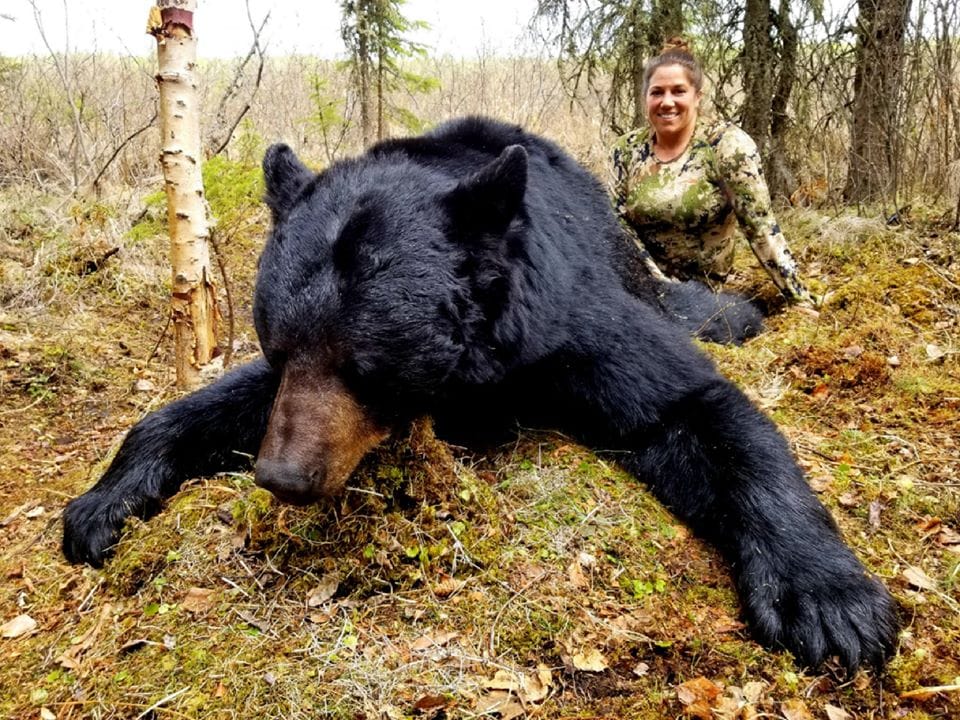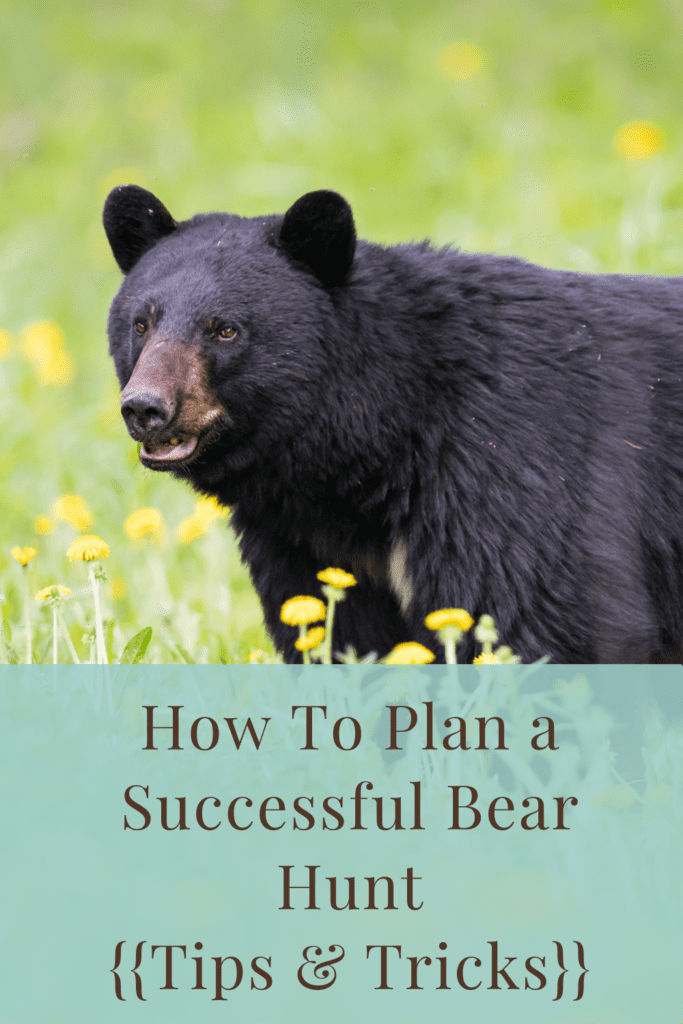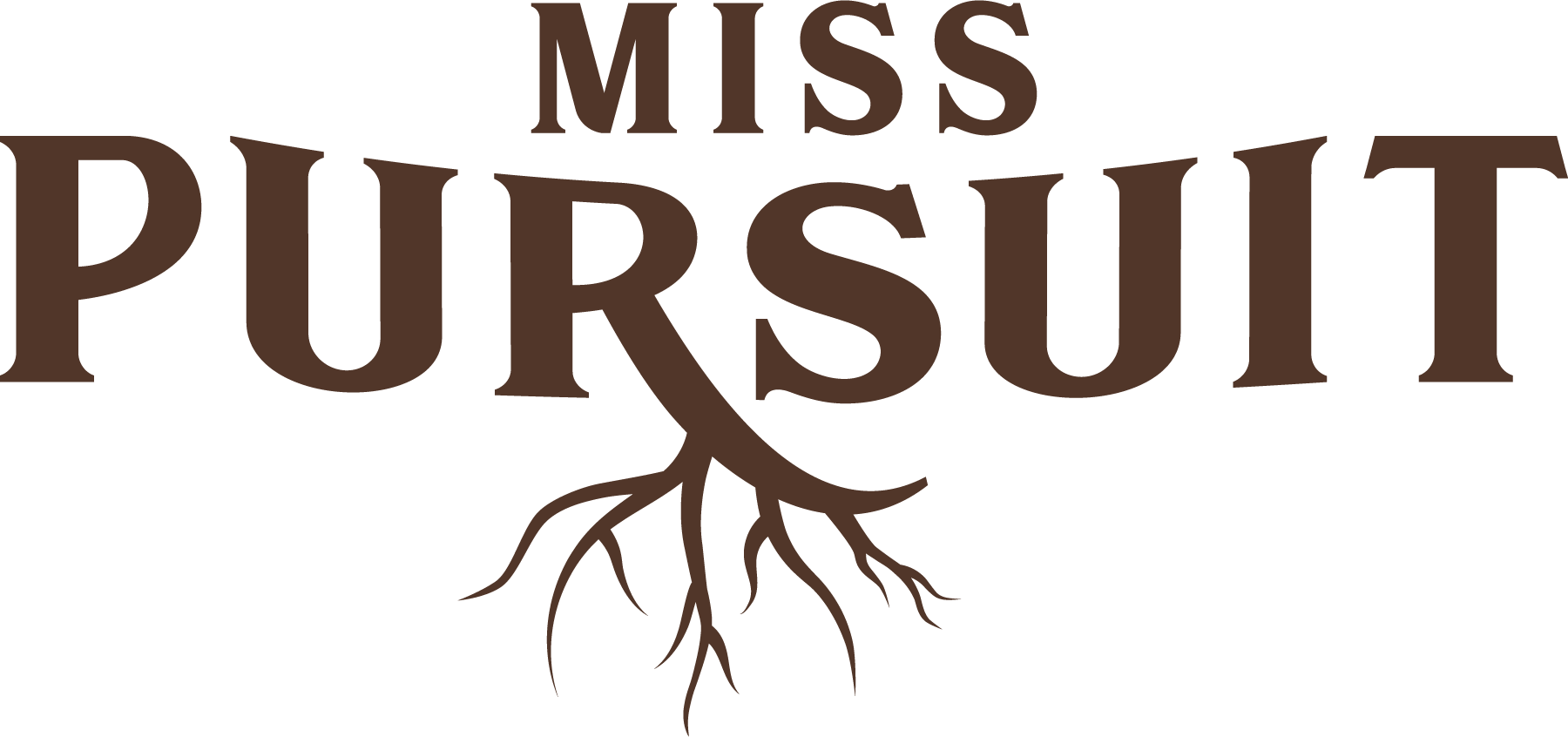Planning a bear hunt can be an exciting and challenging adventure for any hunter. However, it's important to be well-prepared and knowledgeable about the process to ensure a safe and successful experience. From choosing the right gear to scouting locations, this guide will provide you with all the information you need to plan a successful bear hunt.
Choose the Right Location
Choosing the right location is crucial for a successful bear hunt. Look for areas with high bear populations and good habitats, such as dense forests with plenty of food sources. Research the area's regulations and restrictions, and obtain any necessary permits or licenses. Consider hiring a local guide or outfitter who knows the area well and can provide valuable insight and assistance.
Think about what they are eating. During the spring, bears eat grass and in late spring they eat berries. A bear’s diet is mixed with hunting and scavenging. During the fall, bears focus on the remaining berries from summer and acorns. If you are hunting bears in the fall, make sure to identify food sources. This will give you the best hunting success since bears are focusing on gaining as much weight as possible before winter.

Determine the Best Time of Year for a Successful Bear Hunt
The timing of your bear hunt can greatly impact your chances of success. In general, the best time to hunt bears is during the spring or fall when they are most active and searching for food. However, specific timing can vary depending on the location and climate. Research the area you plan to hunt and consult with local experts to determine the optimal time for your bear hunt. Keep in mind that weather conditions can also play a role in bear activity, so be prepared for changes in temperature and precipitation.
Download Now: Beginner's Guide to Cooking Bear Meat
During the spring, you’ll see high activity but understand the trophy may be smaller or lighter in weight with not quite as good of a coat because they’ve just come out of hibernation. In the fall, the bear will be its heaviest weight with the finest coat.
How Fast Can a Black Bear Run? {{The Surprising Answer}}
Get the Right Gear
Having the right gear is essential for a successful bear hunt. Make sure you have a sturdy and reliable hunting rifle or bow, as well as appropriate ammunition or arrows. You'll also need a good pair of hunting boots, warm and waterproof clothing, and a backpack to carry your gear and supplies. Other important items to consider include a hunting knife, binoculars, a GPS device, and a first aid kit. Don't forget to check local regulations and requirements for bear hunting gear before you head out.

If you are bear hunting in the mountain west, there will be lots of glassing, so a spotting scope and great binos are essential. For black bear hunting, you can use the same caliber rifle you’d use for elk or deer hunting.
Learn About Bear Behavior and Habits
Understanding bear behavior and habits are crucial for a successful and safe hunt. Bears are generally active during the early morning and late afternoon, so plan your hunting schedule accordingly. They also have a keen sense of smell, so be sure to take precautions to mask your scent. Additionally, bears are attracted to food sources, so look for hunting near areas with abundant food, such as berry patches or garbage dumps. Finally, be aware of the signs of an agitated or aggressive bear, and know how to respond appropriately to avoid a dangerous encounter.
If a bear has found a food source where he can feed uninterrupted, he may frequent that area for several days to a week, depending on food availability and competition. Bears tend to be more active in the afternoon through late evening. Identify water sources, such as small ponds or tanks, as these can be great places to sit mid-afternoon since bears tend to come and drink. In the early fall season, bears tend to cool off between 2-4 PM and before feeding for the rest of the evening.
Practice Shooting and Safety Techniques
Before heading out on your bear hunt, it's important to practice shooting and safety techniques. This includes familiarizing yourself with your firearm and ensuring it is in good working condition. You should also practice shooting at various distances and angles to improve your accuracy. Additionally, make sure you have the proper safety gear, such as ear and eye protection, and know how to handle your firearm safely.
Always identify your target and ensure that when looking at a bear, she doesn’t have small cubs with her. Make sure to observe and look at her before making the decision to shoot. It’s illegal to shoot a sal with small cubs.
